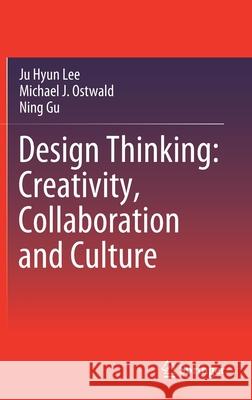Design Thinking: Creativity, Collaboration and Culture » książka
topmenu
Design Thinking: Creativity, Collaboration and Culture
ISBN-13: 9783030565572 / Angielski / Twarda / 2020 / 245 str.
Design Thinking: Creativity, Collaboration and Culture
ISBN-13: 9783030565572 / Angielski / Twarda / 2020 / 245 str.
cena 765,61
(netto: 729,15 VAT: 5%)
Najniższa cena z 30 dni: 578,30
(netto: 729,15 VAT: 5%)
Najniższa cena z 30 dni: 578,30
Termin realizacji zamówienia:
ok. 10-14 dni roboczych.
ok. 10-14 dni roboczych.
Darmowa dostawa!
Kategorie:
Kategorie BISAC:
Wydawca:
Springer
Język:
Angielski
ISBN-13:
9783030565572
Rok wydania:
2020
Wydanie:
2020
Ilość stron:
245
Waga:
0.54 kg
Wymiary:
23.39 x 15.6 x 1.6
Oprawa:
Twarda
Wolumenów:
01
Dodatkowe informacje:
Wydanie ilustrowane











